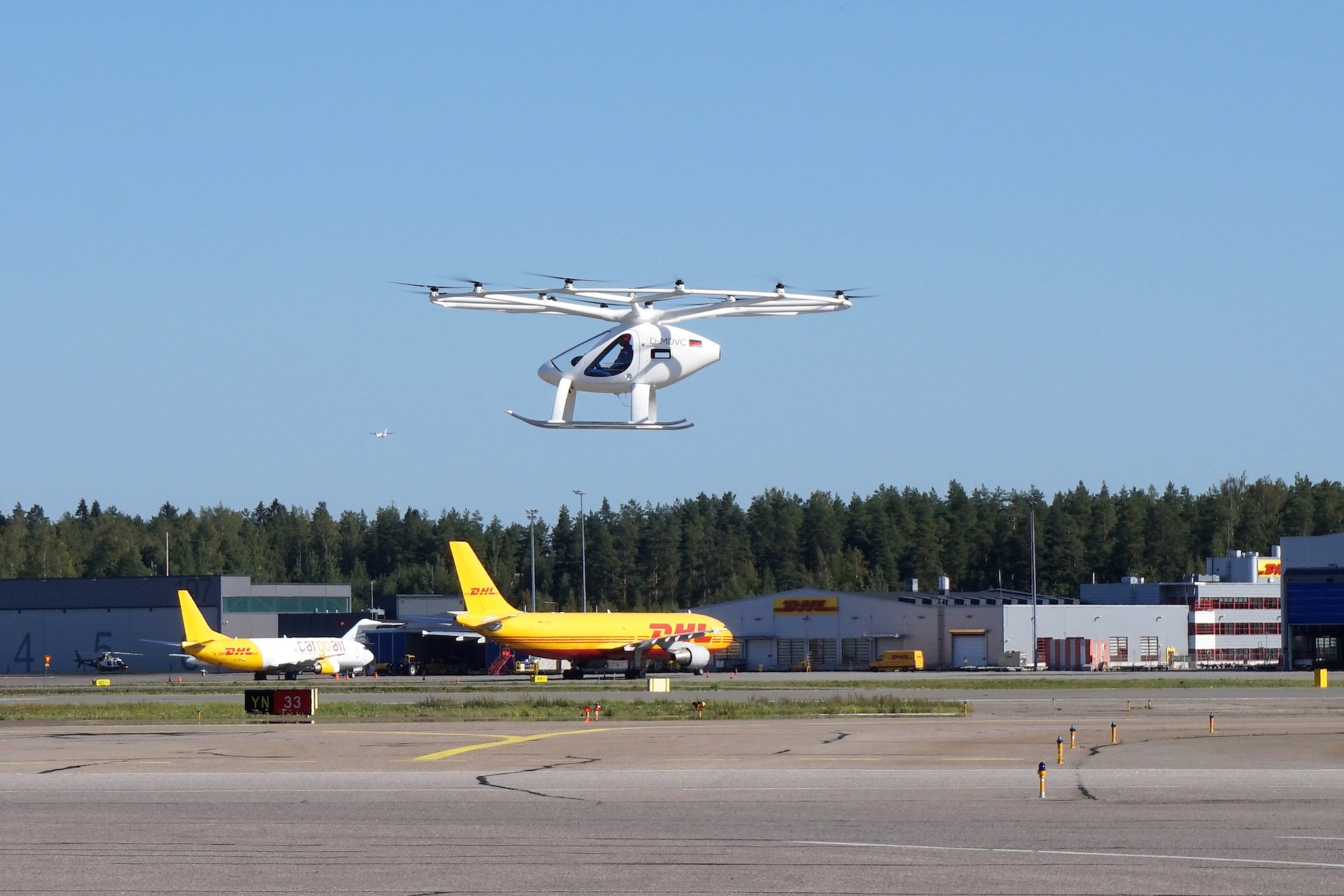Click Here to View This Page on Production Frontend
Click Here to Export Node Content
Click Here to View Printer-Friendly Version (Raw Backend)
Note: front-end display has links to styled print versions.
Content Node ID: 418883
Work has resumed on the next phase of the Gulf of Finland (GOF) U-Space project to support the integration of unmanned aerial vehicles and eVTOL air taxis into public airspace. The GOF 2.0 Integrated Urban Airspace Validation project, which is supported by the European Union’s Single European Sky ATM Research (SESAR) agency, got underway in late January and involves 13 partner companies and organizations.
Over the next two years, the extended project will build on the work done as part of the initial GOF U-Space exercise in the summer of 2019 that included seven live trials with 11 drones and manned aircraft. At that time, flights were conducted in both controlled and uncontrolled airspace and at flight levels both below and above 500 feet in urban, rural, and maritime environments. Now the main focus will be on testing aircraft in urban airspace to evaluate how drones and passenger-carrying eVTOLs could safely be operated alongside existing aircraft.
According to SESAR, the tests will be used to demonstrate how highly automated air traffic management can safely ensure separation between aircraft in dense airspace environments. The agency said GOF 2.0 will be an enabler in the process of ensuring that autonomous and semi-autonomous aircraft can safely and cost-effectively fly beyond visual line of sight operations in shared airspace.
Austrian air traffic management technology group Frequentis is one of the program partners and so is China-based eVTOL aircraft developer EHang. A SESAR announcement on February 8 did not identify either the other partners or the exact locations for the next phase of flight testing.
In August 2019, Volocopter flew its VoloCity eVTOL in the Gulf of Finland U-Space trials at Finland’s Helsinki International Airport. This phase of the program also included flights around Tallinn, the Estonian capital.
Separately, EHang is providing one of its EH216 eVTOL aircraft and a Falcon logistics drone to be used in an EU-sponsored trial called SAFIR-Med (Safe and Flexible Integration of Advanced U-Space Services for Medical Air Mobility). The project, which involves 17 partners from 8 countries and is supported by EASA and the Red Cross, is aimed at ensuring healthcare is more universally available to citizens across all 27 EU member states. Flight demonstrations involving healthcare providers will be held in the cities of Antwerp in Belgium, Heerlen and Maastricht in the Netherlands, and Aachen in Germany.
